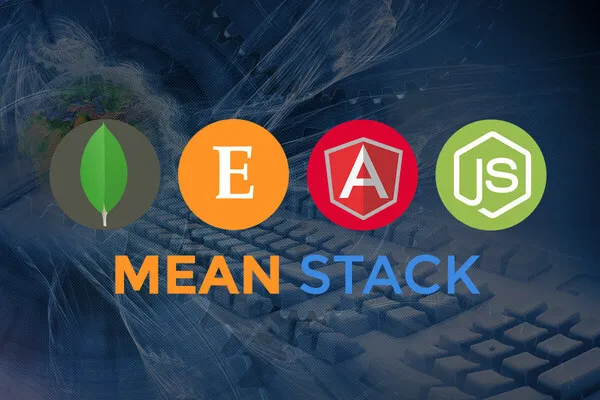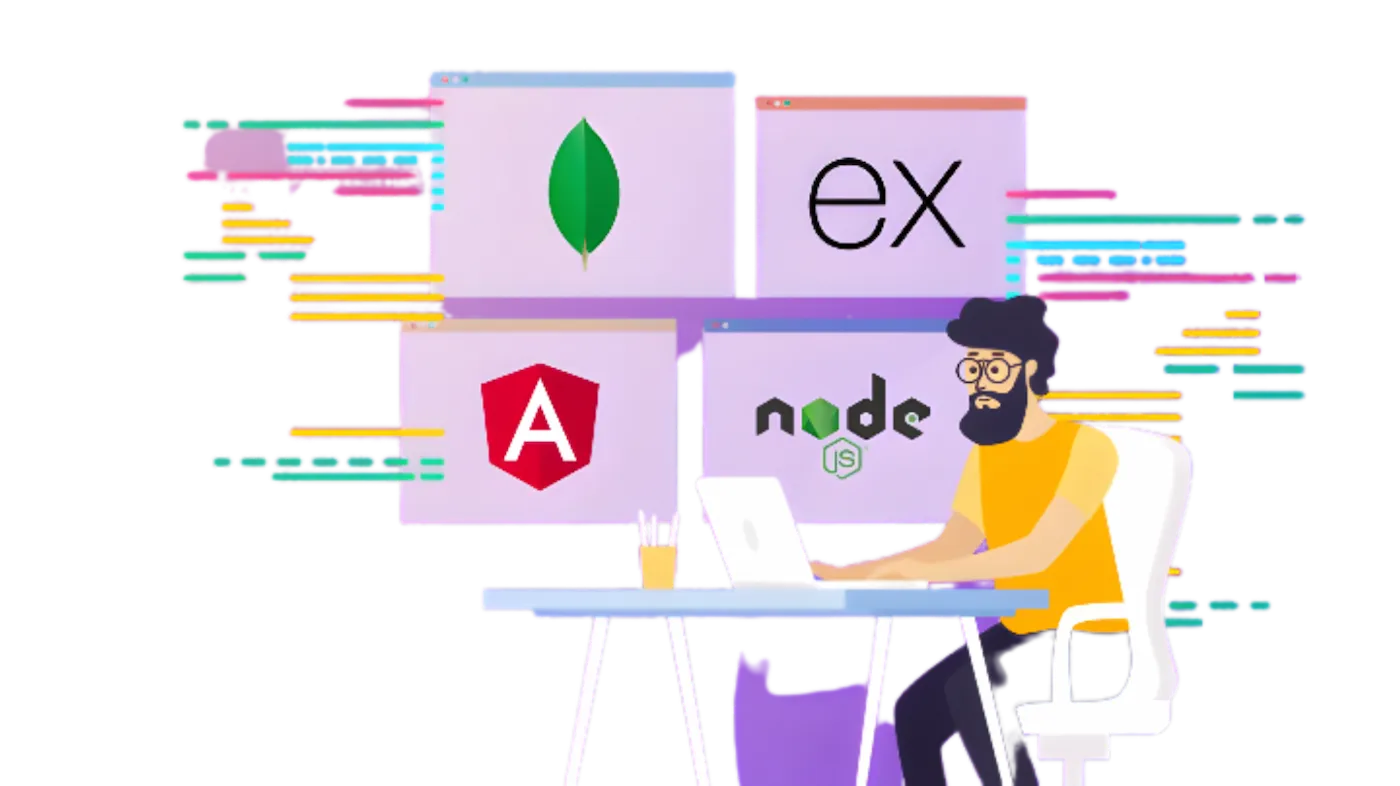Close
Close
- Home
- About
- Courses
- Services
- Blog
- How Asian Technology Hub Helped Students Secure High-Paying Data Science Jobs
- Advanced AI & Full-Stack Training & Internship with Stipend by ATH
- Unlock Your Future with Our Train & Hire Model in AI
- Master Python Full Stack Development at Asian Technology Hub
- Master the MERN Stack with Asian Technology Hub
- Python Full Stack Development Course at Asian Technology Hub: Your Gateway to Success
- Top Career-Focused IT Courses After Graduation: Python Full Stack, Cloud DevOps & Data Science + AI Training
- AI and Full Stack Development – A Power Combo for Future Tech Jobs
- How to Start a Career in MEAN Stack Development After Graduation
- Full Stack Development vs. DevOps: Which is Better After B.Tech?
- Booming Tech Careers After B-tech
- What to Do After B.Tech? A Student’s Roadmap to Future-Ready Tech Careers
- Why Data Science Is the Hottest Career in 2025 and Beyond
- From Graduate to Tech Pro: Master AI & Python Full Stack Development in Hyderabad
- Kickstart Your Career in AI & ML with Hyderabad’s Leading Training Institute
- Future-Proof Your Career: The Rise of Cloud Computing Courses in Hyderabad
- Unlock Your Full Potential with MERN Stack Training: The Ultimate Guide for Recent Graduates
- Launch Your Cloud DevOps Career: From Fresh Graduate to Industry-Ready Engineer
- AI & Data Science Training That Gets You Hired – Enroll Now
- Gallery
- Contact Us


